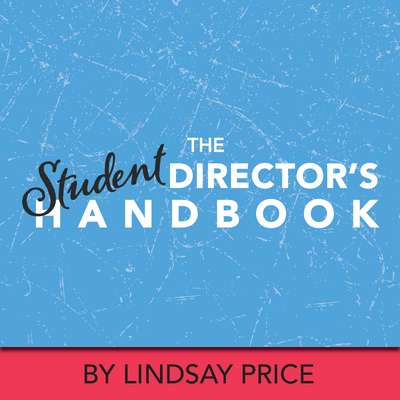How to “Pre-Block” a Scene
When directing a show, it can be very useful to “pre-block” a scene ahead of time. “Pre-blocking” means to plan all basic character movements in advance of the rehearsal. This can save a lot of time during rehearsals, as directors will be organized and ready to go with their staging already in mind. This, in turn, will give the director more time to work with actors on developing their character and fine-tuning the overall look of the show.
For this exercise, students will take on the role of director and pre-block a scene. First, students will choose a scene from a play. The scene should have three or more characters.
Students will need to make a basic ground plan of the stage they’d like to use. A ground plan is a drawing of the stage from a bird’s eye view (looking straight down on the stage from above). It helps the set designer to develop the scenic design, and helps the director to establish the flow of the action. Students will choose from one of the following stages:
- Proscenium stage (stage facing the audience straight on)
- Traverse stage(stage is surrounded on two sides by the audience)
- Thrust stage (stage is surrounded on three sides by the audience)
- Theatre in the round or arena stage (stage is surrounded by audience on all sides)
Once students have decided what stage they will use, they must decide where the entrances and exits will be and note these on the drawing. Students will need multiple copies of their ground plan, one for each page of text for their scene.
Now, it’s time to plan the action! On the actual script pages, use shorthand to indicate entrances, exits, and movement (both crossing the stage as well as movements like standing, sitting, dancing, carrying on a prop, etc.) at the precise line moment they are to happen. It’s much faster and tidier to write “XDR” (cross downstage right), instead of writing out the full sentence. Simple stage direction shorthand looks like this:
- DS = downstage
- US = upstage
- DR = downstage right
- DL = downstage left
- UR = upstage right
- UL = upstage left
- C or CS = centre stage
- X = cross/move
- + = with another character (include initial of character)
Once the student has planned all the movements on the script pages, they will use the ground plan to make a visual map of the characters’ movements. When a character enters or exits, write on the stage drawing which entrance they use, and use arrows to indicate movement and/or the direction they’re facing. Identify characters with dots, X’s, or stick figures, and a short form of their name (for example: Rom., Jul., Tyb., Merc., etc.) or initials. It may also help to colour-code each character and their movements using coloured pencils. This will help to visualize where the performers will appear onstage.
For an extra challenge, have each student trade their pre-blocked scenes and ground plans with a classmate, and try getting the scenes up on their feet using the notes and movements created by the student!
Kerry Hishon is a director, actor, writer, and stage combatant from London, Ontario, Canada. View her blog at www.kerryhishon.com.
Related Articles
The Student Director's Handbook
by Lindsay Price
Help students take their show from first audition to opening night with The Student Director’s Handbook. This easy-to-use ebook is full of guidelines, tips and templates designed to help students create a vision, circumvent problems and organize rehearsals on their way to a successful production.
The Rehearsal Companion
by Kerry Hishon
You’ve chosen the play, paid the royalties, done the script analysis, held your auditions, and cast the show. Tomorrow is the first rehearsal. Are you ready? Really ready? The Rehearsal Companion can help!





